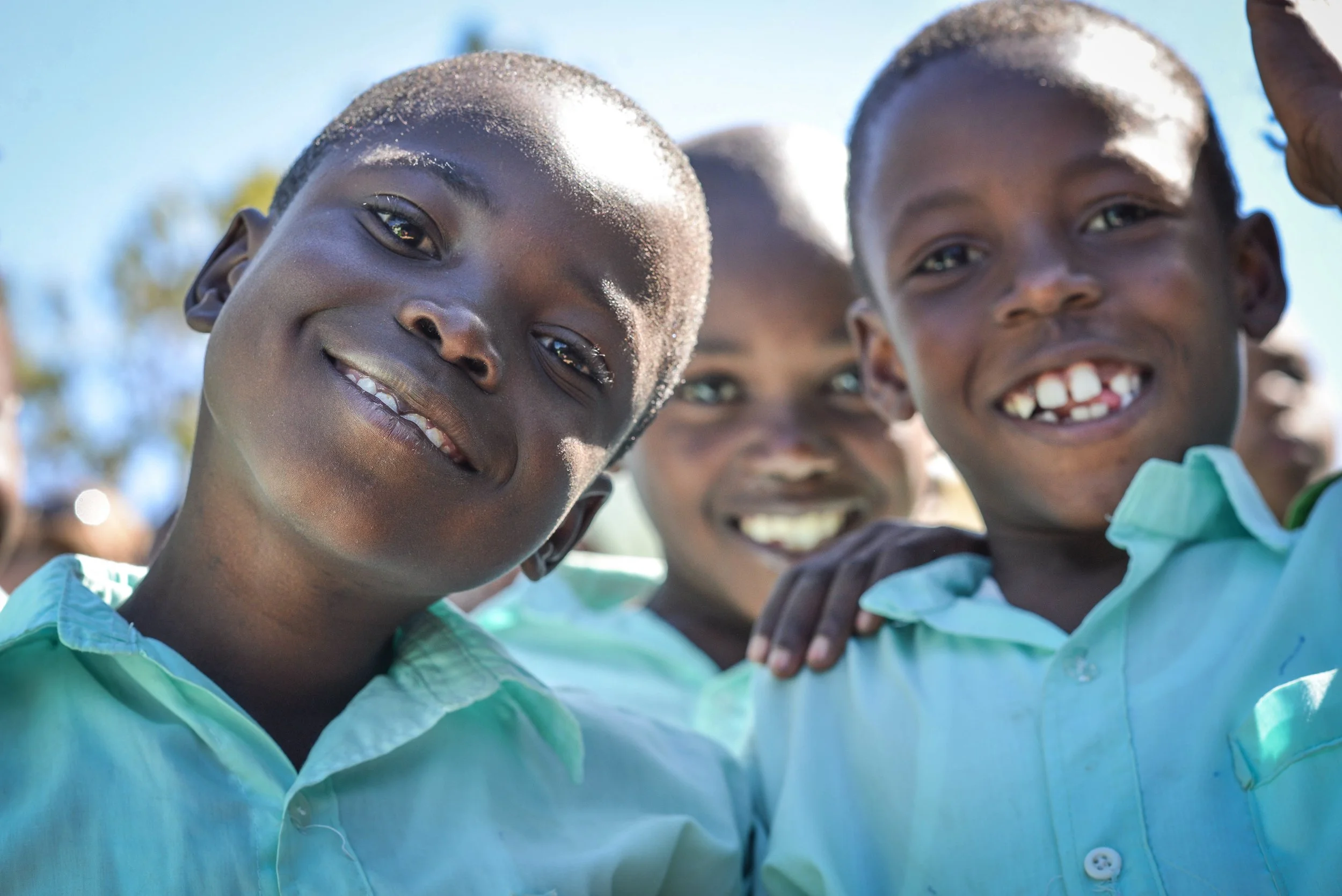
Haiti’sEducationalContext
There are strengths and deficits in the Haitian educational system. One enormous strength is the lengths parents will go to educate their children. The only other country that devotes such a high percentage of income to education is South Korea, where it is not uncommon for parents to pay much more than 30% of their income in a country with free public education. This is due to a culture that values speaking English, which requires extensive tutoring. While university costs are often less than in other countries, entry is limited to the very top students. The competition to get into the best schools is brutal, so getting to the top of the class also requires additional tutoring - all for a cost. The GDP per capita for Korea is $34, 640 and ranks 26 in GDP among all countries. (Korea: The Impossible Country by Daniel Tudor, page 204)
Compare that with Haiti, with a GDP per capita of about a tenth of that and ranking 169 on GDP among all countries, yet many Haitian parents make enormous sacrifices to see their children educated. The average cost of education is about $130 for the average family - per child. This may not include the mandatory uniforms and textbooks. And many parents who do not even make the per capita income of $3,670 will still see their children go to school. For a Haitian family the cost is huge. There is relatively little free education from K-13. (Below is an explanation as to why this is.) And also the lost cost of the child’s labor contributions to the family income. This is in a country with no social safety net and few public services. So Haitians need to pay for things like water and all medical care, which are free or low cost in South Korea. There is almost no comparison of the Haitian parental financial sacrifice to the South Korean family. ("One day I will be..." - School attendance and a keen interest in learning are priorities for many young Haitians, 2023)
But the heartbreaking fact is that most of the education is of low quality if even available. Let’s unpack this.
The educational situation in Haiti is simply abysmal. The base measure of a country’s educational system is its literacy rate. Haiti’s is 61% while its next-door neighbor —the Dominican Republic—is 93%. And only 12% of Haitian students in first grade will make it through high school. [CIA World Factbook/ MENFP School Census 2013-2014]
A striking statistic for Haiti is the number of private schools, 85% compared to 25% for the United States. The presence of so many private schools speaks to a profound lack of financial wherewithal to support a public education system. How this came to be is tied up with the legacy of the Duvalier dictatorships, a persistent oppressive class structure and neoliberal policies of the many donor International Nongovernmental Organizations ( INGOs) in Haiti. Where the government failed to provide schools, Christian missionaries did so—at the invitation of Papa Doc Duvalier. And of the private schools 55% are Christian. [MENFP School Census 2013-2014/ Private School Universe (PSS) / Study on Governance Challenges for Education in Fragile Situations: Haiti Country Report by Euro-Trends and European Commission, 2009]
In the United States private schools are considered typically of better quality than public schools. In Haiti, the finest schools are private but the majority of private and public schools are of mediocre quality. The schools of highest quality prepare students for entry to French, Canadian or American universities.
The mode of teaching in Haiti is out of date by about 50 years. It features rote memorization and physical discipline. The majority of teachers are not trained in teacher colleges, nor have they had access to professional development. To give an idea of the lack of training, only 28% of teachers have completed elementary school, and only 10% have teacher training qualifications. So, teachers are teaching in the manner in which they were taught. Active learning is not used in the classroom. Harsh discipline is considered necessary to control what can be a class of 80 students, not an uncommon class size. Public school teachers must also contend with missed pay and go out on strike, thus decreasing the amount of time students are in the classroom. [ Study on Governance Challenges for Education in Fragile Situations: Haiti Country Report by Euro-Trends and European Commission, 2009]
“A striking statistic for Haiti is the number of private schools—85% compared to 25% for the United States. The presence of so many private schools speaks to a profound lack of financial wherewithal to support a public education system.”